Bread is a staple food in many cultures, and yeast is a common ingredient used to give bread its signature flavor and texture. However, yeast can be difficult to find or may not be suitable for individuals with certain dietary restrictions. Fortunately, there are several substitutes for yeast that can be used to make delicious bread without sacrificing taste or texture. In this article, we will explore some of the best substitutes for yeast in breads and how to use them effectively.
Can bread be made without yeast?
Yes, bread can be made without yeast using a variety of substitutes such as baking powder, baking soda, sourdough starter, buttermilk, and more.
Related: 5 Substitutes for Brown Sugar
Do these substitutes produce the same texture and flavor as bread made with yeast?
The texture and flavor of bread made with substitutes for yeast may differ slightly from bread made with yeast. However, many of these substitutes can produce delicious bread with a similar texture and flavor.
Can I use a combination of substitute ingredients to replace yeast in bread?
Yes, you can use a combination of substitute ingredients such as baking powder and yogurt or sourdough starter and beer to replace yeast in bread. Experimentation may be required to find the right combination for your desired texture and flavor.
How do I adjust the recipe when using substitutes for yeast?
The recipe may need to be adjusted depending on the substitute used. For example, if using baking powder or baking soda, reduce the amount of liquid in the recipe. If using a sourdough starter, increase the fermentation time for the dough. It is recommended to follow a recipe specifically designed for the substitute being used or to experiment with adjustments until the desired results are achieved.
Baking Powder
Baking powder is a leavening agent that can be used as a substitute for yeast. It is made up of a mixture of baking soda, cream of tartar, and cornstarch. When combined with liquid, it releases carbon dioxide gas, which causes the bread to rise.
Related: 5 Substitutes for Baking Powder
Baking Soda
Similar to baking powder, baking soda releases carbon dioxide gas when combined with an acidic ingredient such as vinegar or lemon juice. This reaction can be used to leaven bread.
Sourdough Starter
A sourdough starter is made from fermented flour and water and contains naturally occurring yeast and bacteria. It can be used to leaven bread and adds a unique tangy flavor.
Buttermilk
Buttermilk is an acidic liquid that can be used as a substitute for yeast. The acid in buttermilk reacts with baking soda to produce carbon dioxide, which causes the bread to rise.
Related:7 Substitutes for Molasses
Yogurt
Yogurt is another acidic ingredient that can be used to make bread rise. It contains live cultures of bacteria that react with baking soda to produce carbon dioxide.
Beer
Beer contains yeast, which can be used to leaven bread. The yeast in beer can be activated by mixing it with sugar and warm water before adding it to the bread dough.
Egg Whites
Whipped egg whites can be used to add volume and lightness to bread. They are beaten until stiff peaks form and then folded into the bread dough.
Related: What to use for egg substitutes in baking
Club Soda
Club soda is a carbonated beverage that can be used as a substitute for yeast. It contains carbon dioxide, which can help the bread rise.
Self-Rising Flour
Self-rising flour contains baking powder and salt, which can be used to leaven bread. It is a convenient substitute for yeast when baking bread.
Vinegar
Vinegar is an acidic liquid that can be used to make bread rise. When combined with baking soda, it produces carbon dioxide gas, which causes the bread to rise.
There are many substitutes available for yeast in bread that can be used to create delicious loaves of bread with a variety of textures and flavors. Whether you are baking with dietary restrictions or simply unable to find yeast, using substitutes can result in a tasty and satisfying loaf of bread. Experimentation may be required to find the right combination of ingredients for your desired outcome, but with practice, making bread without yeast can be just as easy and rewarding as baking traditional yeast bread.
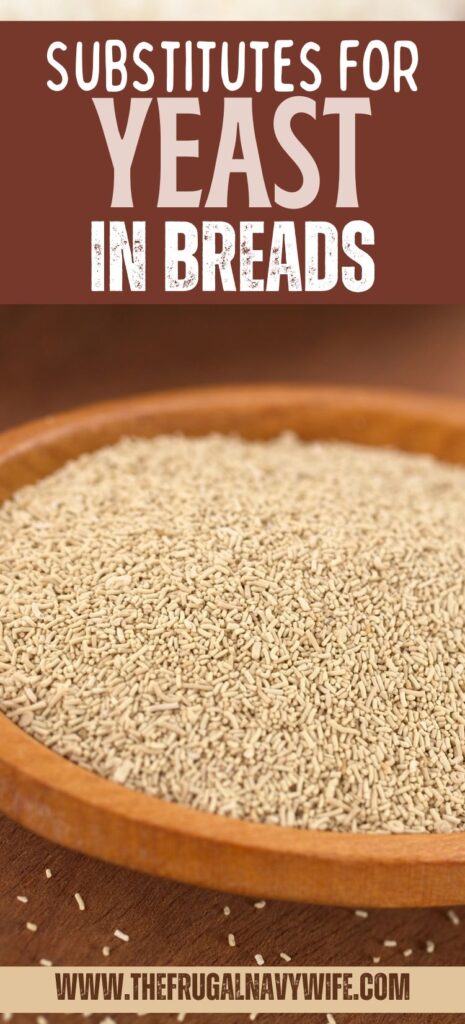
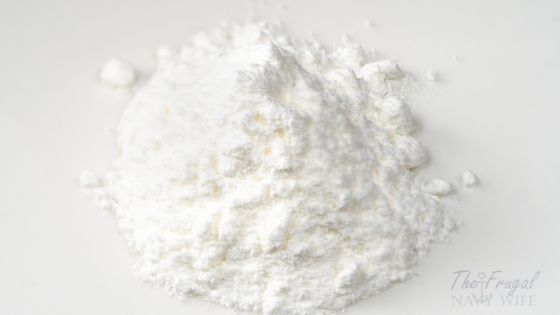
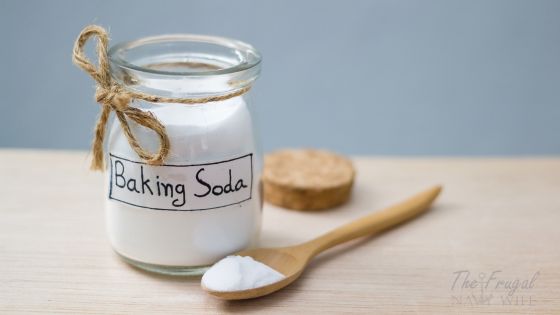
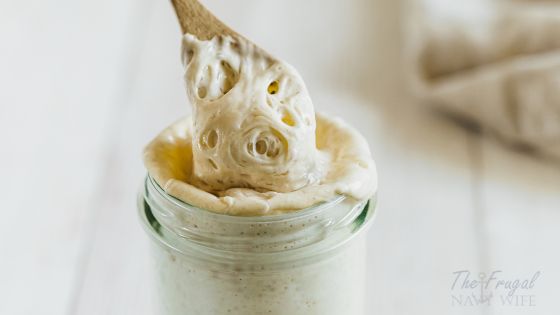
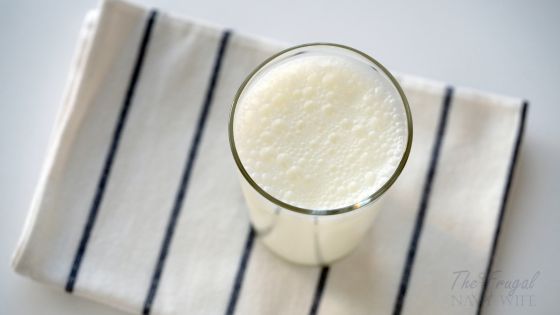
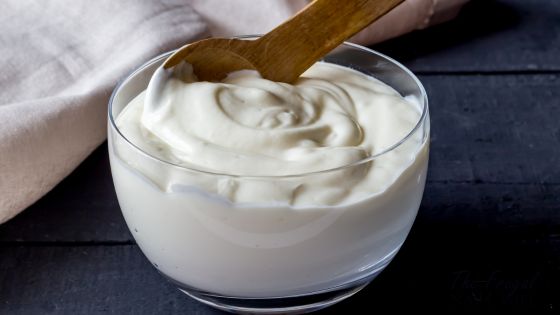
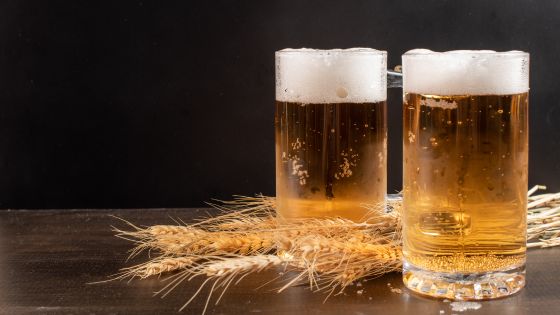

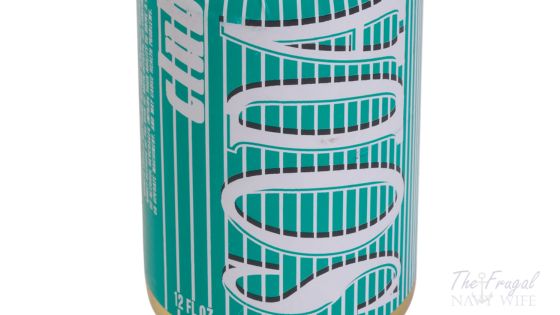

Leave a Reply